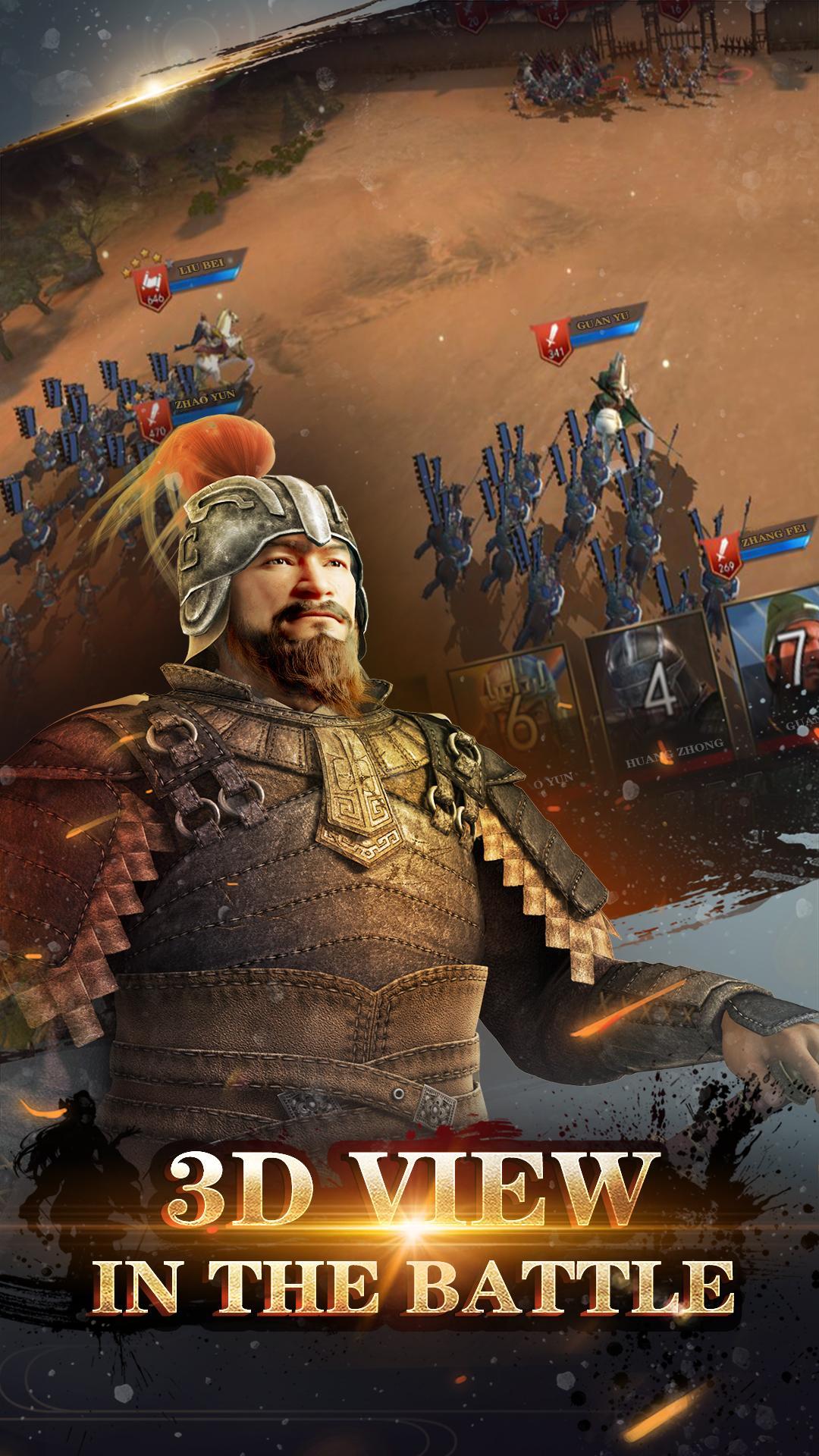
Selected by Doris Duke Theatre programmer Taylour Chang, these short films are just a few examples of a growing community of artists nurturing a visual language for Hawai‘i cinema that is rooted to the land that inspires it. While documentary work has defined the visual language of Hawai‘i cinema for decades, a rise in narrative filmmaking in recent years signals an evolution in Hawai‘i-based storytelling-helmed by a burgeoning generation of filmmakers actively engaged in collective world-building through narrative fiction, particularly from a Native Hawaiian lens. These immortal comedy classics-including the Barbara Stanwyck sizzler The Lady Eve, the everyman ode Sullivan’s Travels, and the Production Code–defying jaw-dropper The Miracle of Morgan’s Creek-were the result of a brief but dazzling run of creativity that remains virtually unmatched in Hollywood history.įeaturing: The Great McGinty (1940), Christmas in July (1940), The Lady Eve (1941), Sullivan’s Travels (1941), The Palm Beach Story (1942), The Miracle of Morgan’s Creek (1944), Hail the Conquering Hero (1944), Unfaithfully Yours (1948) One of the first Hollywood filmmakers to write and direct his own scripts (a deal he negotiated by selling his Oscar-winning screenplay for The Great McGinty to Paramount for just $10), Sturges took screwball comedy to new heights of sublime absurdity with his elegantly cockeyed dialogue, free-form approach to narrative, and subversive skewering of conventional morality. Please be advised: some of the films contain offensive racist language and racial stereotypes directed against Black and Native American people.įrom capitalism to patriotism to politics to marriage, there was virtually no pillar of American life that escaped unscathed during screwball auteur Preston Sturges’s whirlwind heyday in the 1940s.
#HERO OF THE KINGDOM 3 CAULDRON LOCATION SKIN#
It incorporated Blaxploitation ( Thomasine and Bushrod), documentary ( Black Rodeo), historical drama ( Rosewood), and the coming-of-age film ( The Learning Tree) as new generations of artists sought to broaden our understanding of the old frontier.įeaturing: Sergeant Rutledge (1960), Duel at Diablo (1966), The Learning Tree (1969), El Condor (1970)*, Skin Game (1971), Black Rodeo (1972), Buck and the Preacher (1972), The Legend of Black Charley (1972), Thomasine and Bushrod (1974), Posse (1993), Buffalo Soldiers (1997)**, Rosewood (1997)

Featuring works by Mario van Peebles, John Singleton, and Gordon Parks Jr., this selection curated by guest programmer Mia Mask shows how the western aged and changed.

In the decades that followed, Black actors from Woody Strode and Poitier (who broke with his urbane image in his thrilling directorial debut Buck and the Preacher) to Vonetta McGee and Ving Rhames would repeatedly play key roles as cattle rustlers, cavalrymen, outlaws, and bounty hunters in bold revisions of the genre. Sidney Poitier, Gordon Parks, and even John Ford were among the directors who drew on the historical experiences of African American and Native American people to tell unexplored stories. SUNDAY, MARCH 7Īs the civil rights movement gained momentum in the 1960s, leading filmmakers and stars sought to reshape the myths of the Hollywood western.

Made as a thesis film for the VGIK Soviet film school, this early work by Andrei Tarkovsky captures the sadness and joy of childhood with the keen perception and visual imagination of a master in the making. When Sasha, a seven-year-old violin protégé, meets Sergei, a steamroller working in his neighborhood, he starts to open up from his strictly imposed routine of practice. SATURDAY, MARCH 6 Saturday Matinee: The Steamroller and the Violin Heralded by some as a British answer to Moonlight, it also contains direct nods to François Truffaut’s defining portrait of adolescent turmoil The 400 Blows, the French New Wave touchstone that introduced the director and his alter ego-Jean-Pierre Léaud’s Antoine Doinel-to the world. Shola Amoo’s semiautobiographical The Last Tree employs a swooning visual style to immerse viewers in the world of Femi, a young Nigerian British man navigating his conflicting identities as he comes of age in early-2000s London.

A vital new cinematic voice and an influential master transform their own experiences of the trials and tribulations of growing up into richly resonant art.


 0 kommentar(er)
0 kommentar(er)
